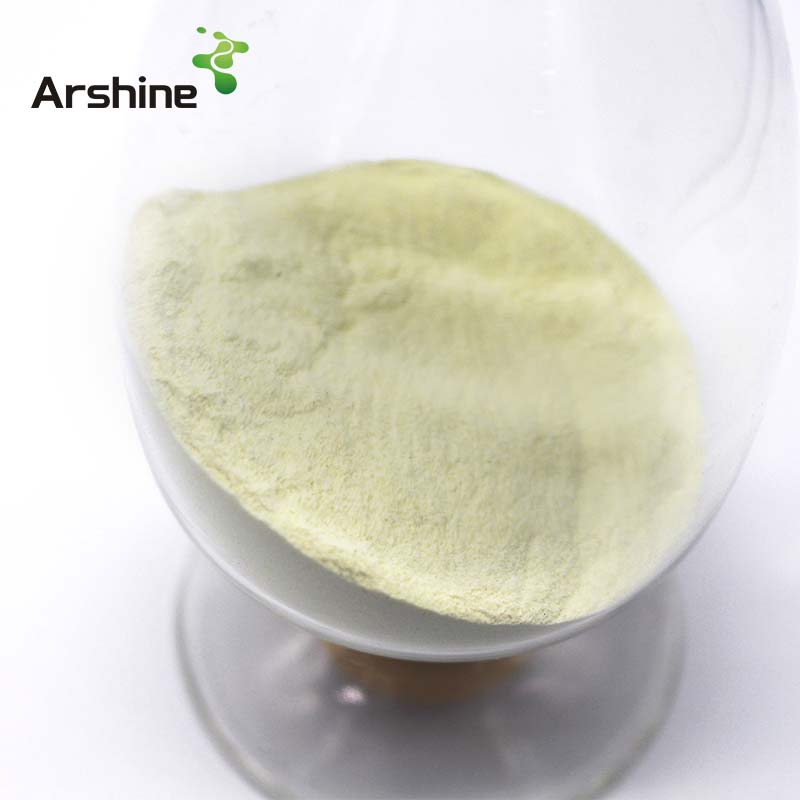
Collagen is the main structural protein in the extracellular space in the various connective tissues in animal bodies. As the main component of connective tissue, it is the most abundant protein in mammals, making up from 25% to 35% of the whole-body protein content.
Introduction
Collagen is the main structural protein in the extracellular space in the various connective tissues in animal bodies. As the main component of connective tissue, it is the most abundant protein in mammals, making up from 25% to 35% of the whole-body protein content. Collagen consists of amino acids wound together to form triple-helices to form of elongated fibrils. It is mostly found in fibrous tissues such as tendons, ligaments and skin. Depending upon the degree of mineralization, collagen tissues may be rigid (bone), compliant (tendon), or have a gradient from rigid to compliant (cartilage). It is also abundant in corneas, cartilage, bones, blood vessels, the gut, intervertebral discs, and the dentin in teeth. In muscle tissue, it serves as a major component of the endomysium. Collagen constitutes one to two percent of muscle tissue, and accounts for 6% of the weight of strong, tendinous muscles.[4] The fibroblast is the most common cell that creates collagen. Gelatin, which is used in food and industry, is collagen that has been irreversibly hydrolyzed. Collagen also has many medical uses in treating complications of the bones and skin. The name collagen comes from the Greek κόλλα (kólla), meaning "glue", and suffix -γέν, -gen, denoting "producing". This refers to the compound's early use in the process of boiling the skin and tendons of horses and other animals to obtain glue.
Functions and Applications
1. Contract the pore, tight to the skin, equilibrium PH value
2. With natural moisturizing factor, keep skin moisture.
3. Nourish hair; leave one's hair shining and spring.
4. Prevent cartilage tissue aging, delay aging.
| ITEM | SPECIFICATION | TEST METHOD |
| Appearance | white or off-white powder | Sensory test |
| Protein | ≥90.0% | Kjeldahl method |
| Molecular Weight | ≤1000da | GB/T 22729 |
| PH (5% Aqueous Solution) | 5.00-7.50 | QB 2732-2005 |
| Ash | ≤2.0% | GB/T 5009.4 |
| Loss on drying | ≤8.0% | GB/T 5009.3 |
| Pb | <0.5 PPM | GB 5009.12 |
| As | <0.5 PPM | GB/T 5009.11 |
| Hg | <0.5 PPM | GB/T 5009.17 |
| Cr | <2.0 PPM | GB/T 5009.123 |
| Total Plate Count | <1000cfu/g | GB/T 4789.2 |
| Mold & Yeast | ≤50 CFU/g | GB/T 4789.15 |
| E.Coli | ≤0.4 MPN/g | GB/T 4789.3 |
| Salmonella | Negative | GB/T 4789.4 |
Inquiry